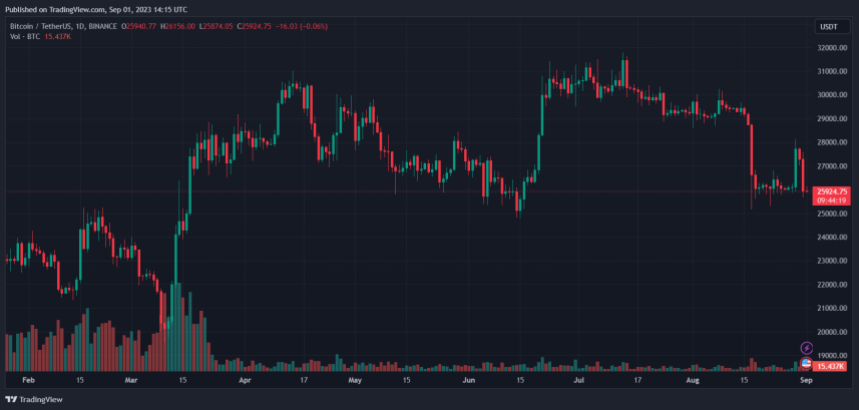The debate surrounding the Bitcoin network’s energy consumption has been intense and mostly tilted in favor of BTC detractors. These individuals and entities have used the Cambridge Bitcoin Electricity Consumption Index (CBECI) to make an argument against the cryptocurrency.
However, Cambridge has updated its CBECI to reflect new data, potentially flipping the discourse around Bitcoin’s sustainability. This report previously compared BTC’s energy consumption to some major European nations, but the revised models provide a deeper insight.
Bitcoin Mining Data Evolves, Models Should Follow
In an article called “Bitcoin Electricity Consumption: An Improved Assessment,” the institution provided the motivations behind the update. In addition, Cambridge acknowledged the difficulties in creating a methodology and getting the data due to BTC’s decentralized network.
Moreover, the institution received expert feedback and evaluated energy consumption as just one of many items to create an accurate index. Cambridge has been working on this issue since July 2019 and launching other tools besides the CBECI to help track Bitcoin’s energy consumption, hashrate distribution, and greenhouse (GHG) emissions.
The revised model uses data from BTC mining hardware manufacturers, governments, and other sources. This data affected estimations by looking into the distribution of newer mining equipment and the different energy sources leveraged by this nascent industry.
The institution clarified:
(…) the backbone of our previous CBECI methodology was the assumption that every profitable hardware model released less than 5 years ago equally fuelled the total network hashrate. This, however, led to a disproportionally large number of older devices compared to newer ones in our assumed hardware distribution during exceptionally profitable mining periods.
The chart below shows the new model’s discrepancies with the 2019 CBECI. In particular, the model differed from the 2021 model, when the Bitcoin price rallied, and mining profitability was high.
Energy consumption at that time stood at 89 Terawatt per hour (TWh), according to the revised CBECI model. The old model showed a much higher figure at 104 TWh. The report stated:
In terms of global electricity consumption, it represented about 0.38%. As for 2023, the year-to-date electricity consumption…
Click Here to Read the Full Original Article at NewsBTC…
























